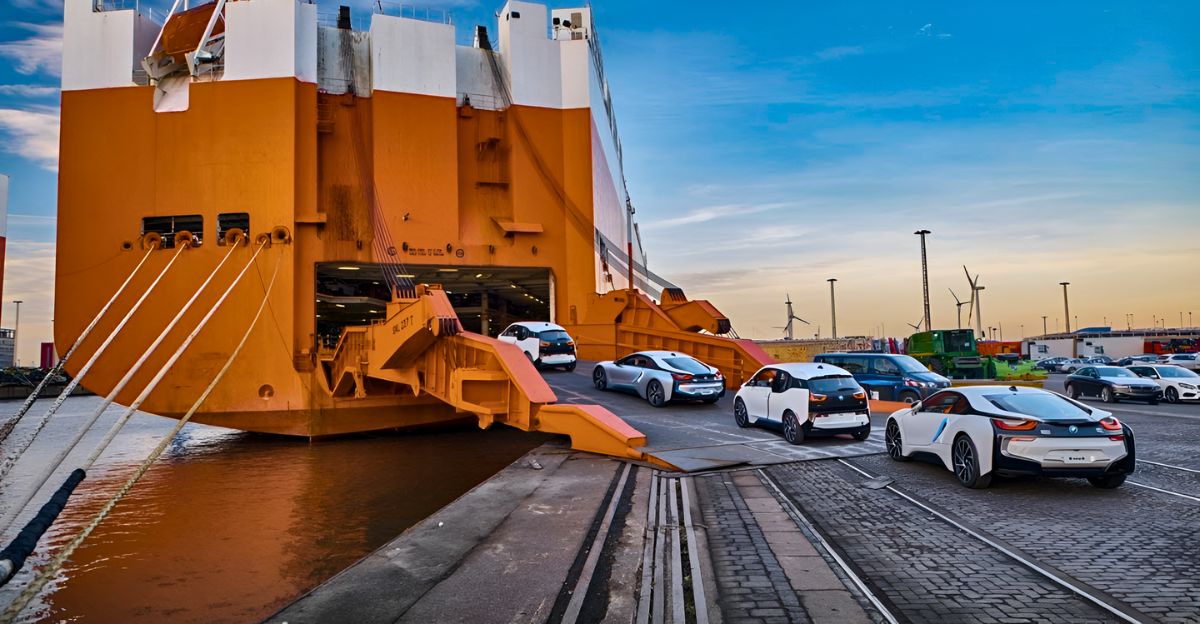
The global automotive industry has had its fair share of difficulties over the past few years — shortages of chips, increasing raw materials prices, and supply chain closures.
But for one high-end automaker, a new issue is doing more damage than anticipated: tariffs. Mercedes-Benz, famous for leaner designs and big engines, is struggling to keep up in major markets.
Recent statistics indicate a dramatic drop in profit margins and sales, particularly in the US and China. What went wrong? And how is it affecting drivers and the industry overall? Let’s take a closer look.
A Market Already Under Pressure

Auto buyers have been contending with escalating costs. It all adds up: maintenance, fuel, and month-to-month payments.
Most Americans already spend around 20% of their home income on car costs, though specialists project no more than 15%.
As expenses rise, more drivers are living paycheck to paycheck. Add in tariffs, and car ownership is becoming even more difficult.
The Role of Tariffs

Tariffs are import taxes. In the automobile business, they make bringing in foreign vehicles even more costly.
American tariffs have been in place since March, with rates going up 25% on some cars. Businesses that depend on imports are being heavily affected.
Mercedes-Benz, selling many imported vehicles, has to make difficult pricing and manufacturing decisions.
American Buyers React
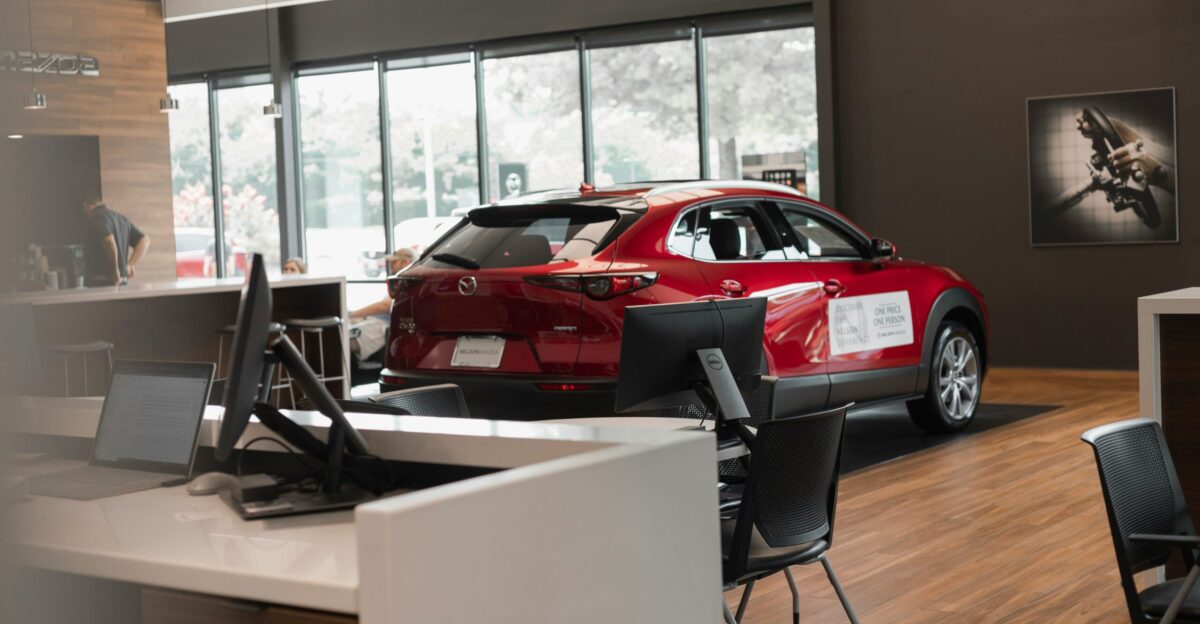
Shoppers rushed to buy before prices rose even higher. Dealers have seen people coming in simply because they “think tariffs are coming,” one Mazda seller explained.
Incentives got some buyers into the lot, but most hesitate to make a big purchase. Consumer confidence is low, and uncertainty is rampant across the market.
Mercedes Pulls Its Guidance
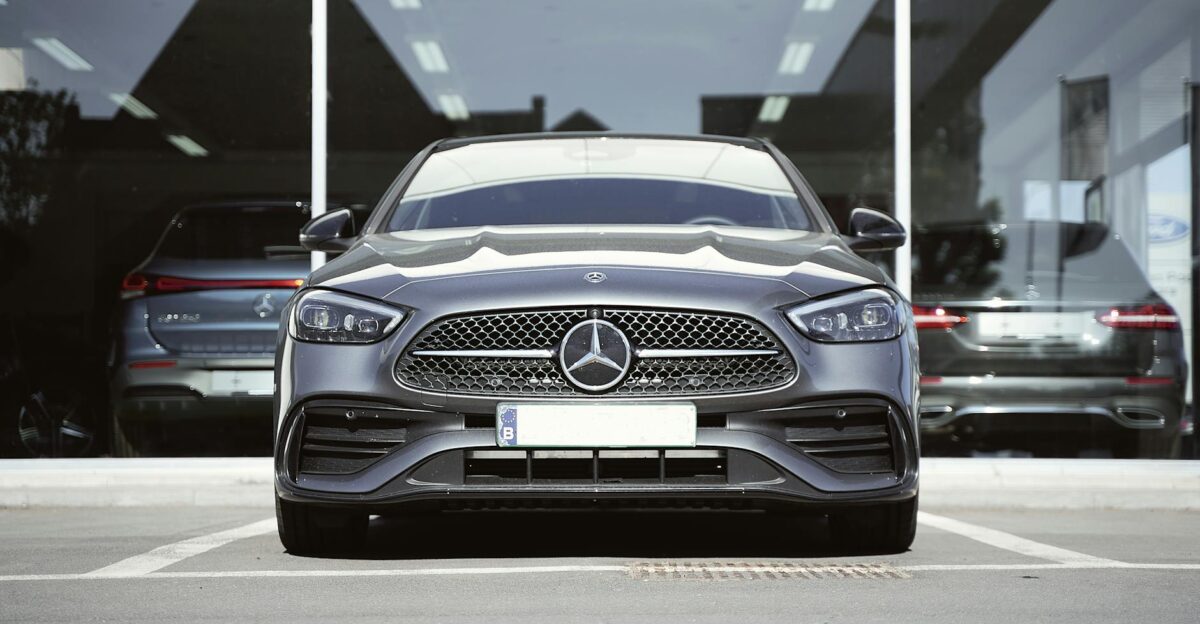
In March, Mercedes-Benz withdrew its full-year financial guidance. This pointed to a clear problem. Without tariff policy clarity, it was impossible to predict sales and profits.
The company is attempting to pivot rapidly to prevent further losses, but consumer confidence is already low across the market.
North America Hit Hard

Mercedes-Benz deliveries in North America declined 14% in the second quarter, and sales in China dropped even more, down 19%. Both of these are bread-and-butter markets for luxury brands.
Slow performance has implications for investor confidence and international strategy. In contrast, European sales were up relatively, but not enough to offset big losses elsewhere.
The Battery Electric Struggle
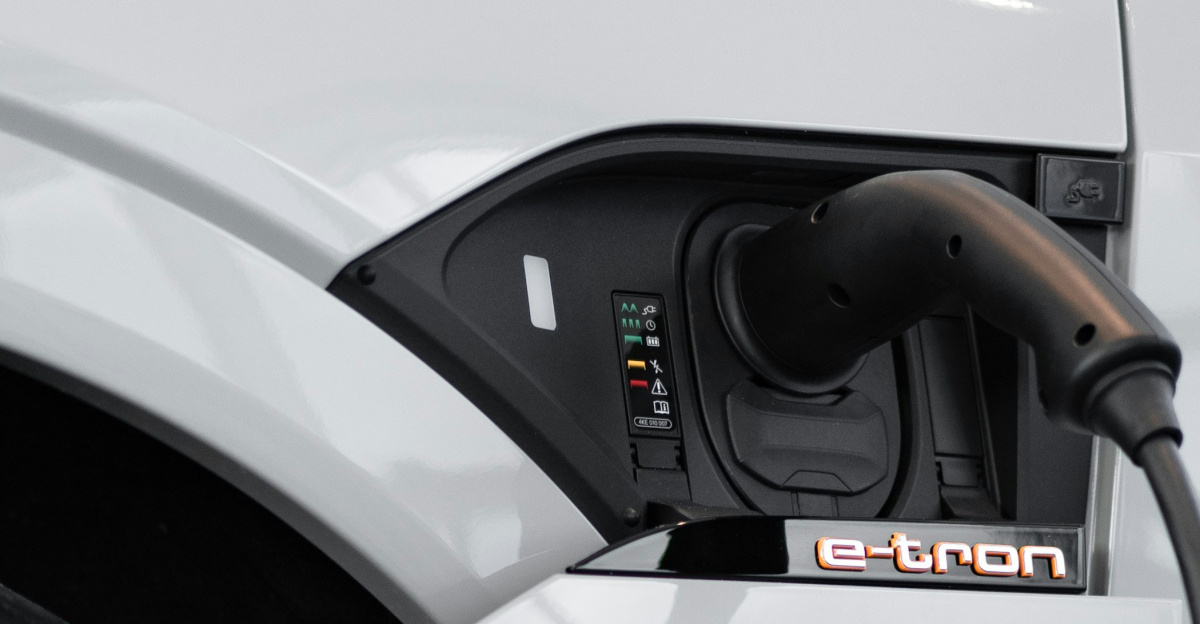
Surprisingly, in a recent report, there was an 18% decline in battery electric vehicle sales. A mere 41,900 units were shipped in the quarter.
That segment was supposed to balance out other drops, but tariffs and changing demand patterns threw a spanner into the works. Electric automobiles now also have their own cost and supply chain issues.
Small Profit Margins at Risk

Mercedes expects tariffs to trim its second-quarter profit margin by around 3%. That doesn’t sound significant, but in the luxury business, profit margins are thin and based on high-volume global sales. Any sudden shift in tariffs or costs can disproportionately impact the bottom line.
US Plants Still Matter
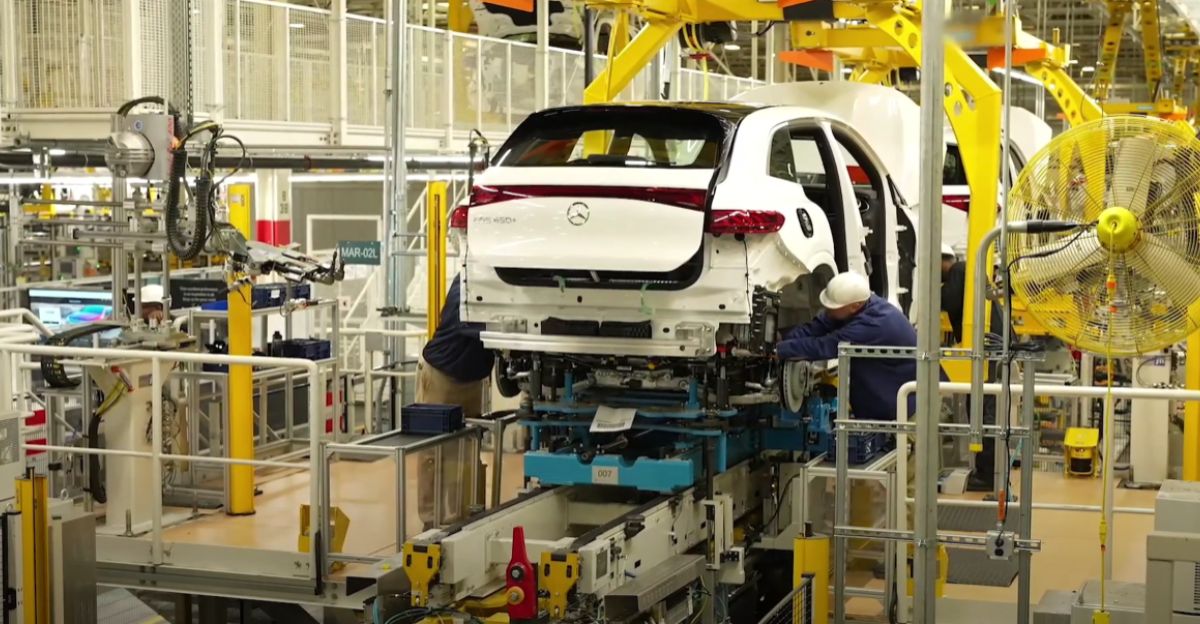
Mercedes has two massive factories in Alabama. These factories produce important SUV and sedan models for the US industry.
Despite local production, imported parts and international supply chains continue to be influenced by tariffs. More than 11,000 employees rely on these factories, making them a major part of the regional economy.
Why Not Just Shift Production
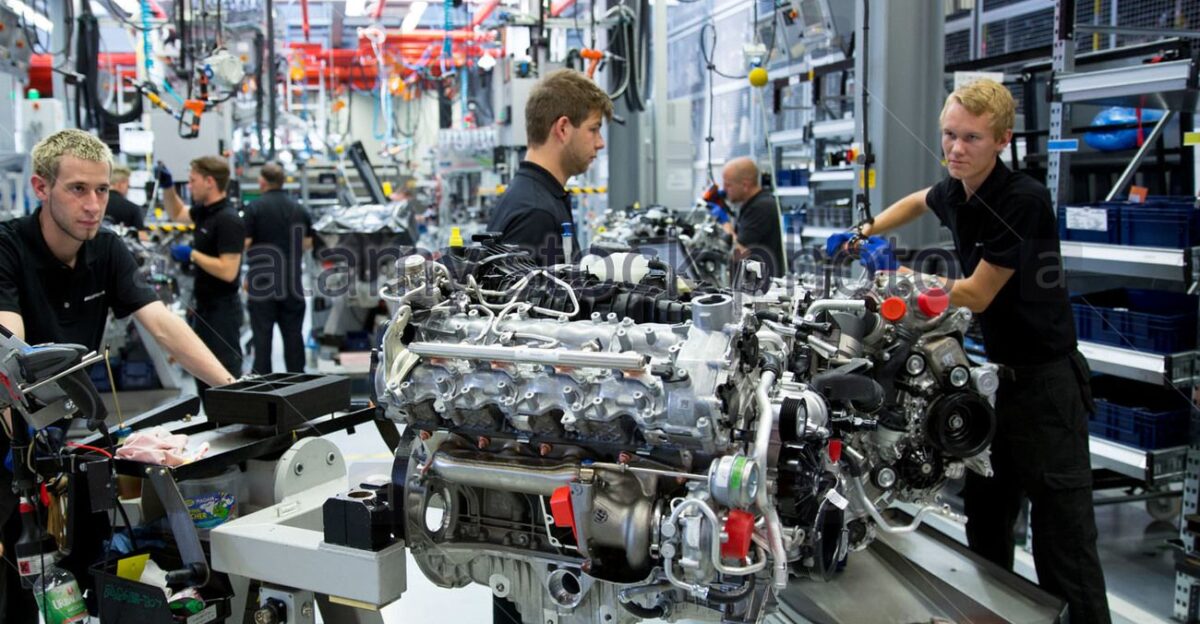
Some wonder why Mercedes can’t simply transfer more production to the US. But it’s not a simple procedure.
Changing manufacturing plants is costly, takes time, and requires strict and precise regulatory approvals. The Alabama factories are beneficial but can’t make up for the effects of tariffs on imports.
How American Brands Gain

Companies such as Ford are at an advantage since they produce fewer cars. They bypass some of the cost increases foreign auto makers encounter.
That means American auto makers can hold prices steady more consistently and even possibly gain more sales and a larger market share as consumers seek better deals.
The Bigger Economic Picture

Almost half of American drivers have stated that car costs prevent them from saving. Approximately 10% spend 30% of their income on transport expenses. Tariffs add extra pressure, and motor vehicles become an even greater burden on household budgets.
A Warning for Other Automakers

Mercedes-Benz is not the only affected business. Other firms are observing and making changes. Most have abandoned or reduced their full-year forecast, nervous about unpredictable tariff action. Those most exposed to international supply chains are hit the hardest and need to strategize to survive.
What’s Next?

As Mercedes-Benz struggles to adjust, other luxury manufacturers are equally vulnerable. The coming quarters will reveal whether these firms can make it work and minimize the impact.
For consumers, the future means increased prices and reduced selection. In the meantime, the luxury car giant’s struggle reminds us of the far-reaching influence of trade policy.
